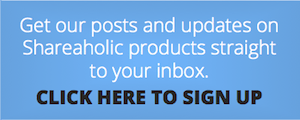Pinterest drives more traffic than Twitter, StumbleUpon and Reddit combined. That’s why we created Shareable Images.
Did you know that, on average, the half-life of a single Pinterest pin is three and a half months – more than 1,600 times longer than a Facebook post? Or were you aware that 84% of female Pinterest users who signed up for the service four years ago are still using the site – and are apparently growing more active over time?
As Shareaholic’s most recent Social Media Referral Report showed, Pinterest is still the reigning queen of social traffic, second only to Facebook. But in my opinion, second place is a small price to pay for content that lasts forever and users that grow more dedicated as the years pass.
If there is any lesson your business can learn from these statistics, it is this: If you are not already using Pinterest to your advantage, you should start now.
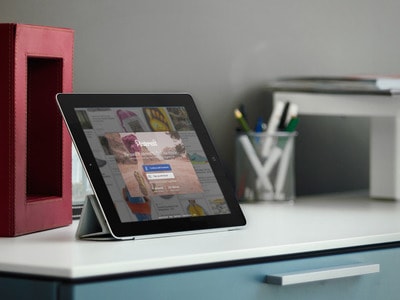
There’s a stigma that Pinterest is only for wedding planning or cupcake recipes, but it is not. Pinterest is for anyone who wants to create a collection. And that collection can serve several purposes – it can be for future purchases, inspiration or recommendations for others.
“But I don’t want another social media account!” you may say. “I have enough as is!”
Surprise! You’re Already on Pinterest
Even if you do not already have an active presence on Pinterest, chances are high that your content has been pinned there anyway. You can check this out for yourself by accessing the following URL: http://www.pinterest.com/source/YOUR-URL
For example, this is what I see when I search the WebpageFX site on Pinterest:
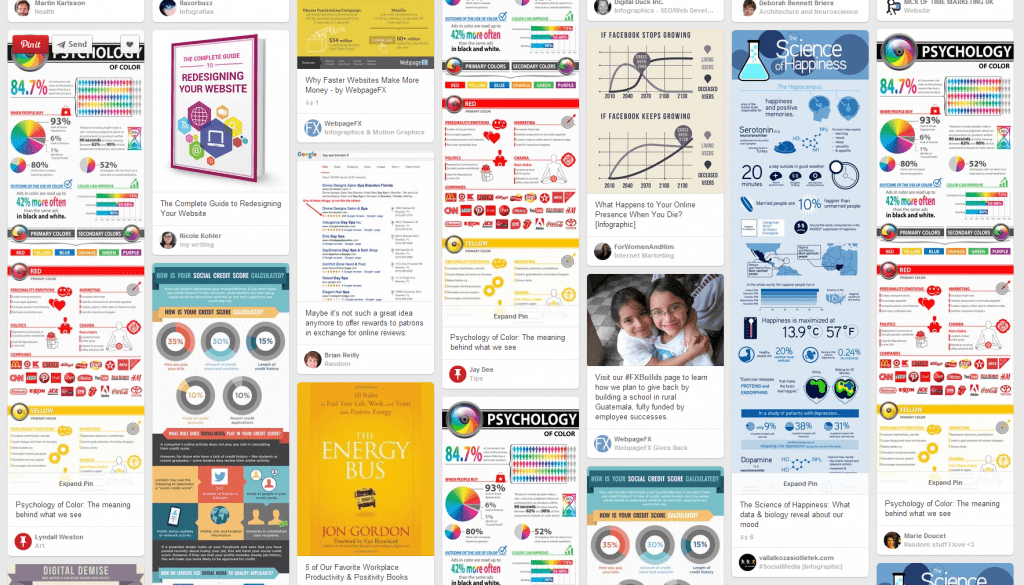
If I wasn’t monitoring our Pinterest presence, I would have known about only a few of those pins – three of which I pinned myself, either under my personal account or our brand account – but none of the others. What if someone had asked a question or pointed out a typo on an infographic and I wasn’t paying attention?
Since your content is already on Pinterest, my suggestion is this: Invest the amount of time into the platform that best suits your needs. You don’t have to use it as a social media platform, setting up boards and pinning your own content. Instead, you can use it to reach your customers, strengthen your content marketing, or even do a little research.
Here are three unique ways any business can effectively harness the power of Pinterest.
The First New Way to Use Pinterest: Brand Strengthening
Establishing a profile and boards on Pinterest is one way you can strengthen your brand. However, you do not necessarily need to establish an active profile, pinning your content day and night, to improve your Pinterest presence.
Honestly, if you are really busy, you can let users do the pinning for you. But pay attention – and step in to say thanks, address problems, or just be an all-around awesome person.
This is what I recommend for every business:
- Set up an account for your brand and populate as much or as little content as you like.
- Bookmark the URL search I mentioned earlier, searches for your brand name, searches for your product names, and so on.
- Check these bookmarks regularly.
- Comment on pins where your brand is mentioned.
I don’t see a lot of brands doing #4 even occasionally, and I have to admit… it drives me kind of crazy. Why would you not thank someone for going out of their way to pin something from your site, along with a nice, thoughtful comment?
I poked around the feeds and site searches of a bunch of brands I follow until I finally found a local company, Havahart (they make humane animal traps, a must-have for someone whose backyard is full of raccoons that like to scare their dog and knock over trash cans at 4am), that regularly does this on user pins:
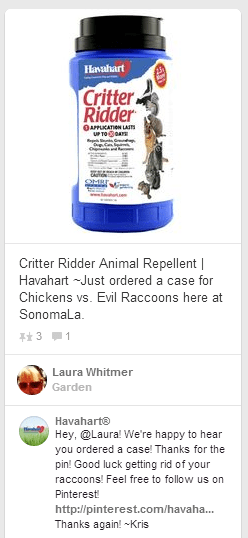
This kind “thanks!” message probably went a long way. Yet I don’t see enough brands thanking even 1% of their customers for spending hundreds of dollars on clothing or shoes.
This is an under-utilized strategy that can really pay off in the long run. Customers appreciate being acknowledged and appreciated. You do not have to populate your profile to use Pinterest – just be there and pay attention.
The Second New Way to Use Pinterest: Content Curation
“Content curation” is one way brands choose to supplement their existing social media or blogging activity. Basically, share content created by others so your audience does not get bored or annoyed reading your content all the time.
Pinterest can be an absolutely amazing source of content. Whether you’re looking for a cheerful image to share on your Facebook page or something to help fill in an empty spot in a blog post, the site’s search tool is bound to dig up an excellent image which is linked right back to the source.
Let’s say you write about DIY phone accessories, but you are fresh out of ideas. If you hop on Pinterest, you may see this:
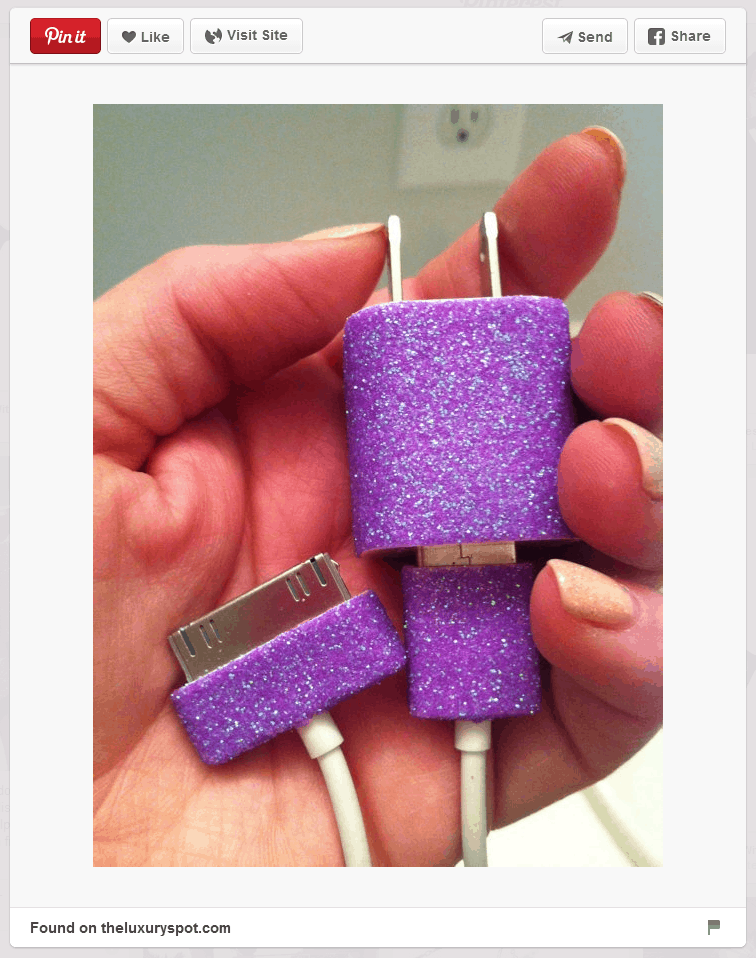
Perfect, right?
If you click through from this pin, you’ll end up at the source, and you can include the blog post this pin is from as part of your curation on Twitter, Facebook, and so on. (Remember: Always credit the creator, not the pinner!)
The Third New Way to Use Pinterest: Market Research
This was honestly my favorite way to use Pinterest for the first year or two of its existence, just around the time it began exploding as a mainstream social network. Everyone pinned everything. The site was full of products, recipes, ideas… and people.
Pinterest is, even for the most boring, dull and super-niche B2B manufacturers out there, a prime opportunity to conduct market research.
You can accomplish in minutes what some formal research projects might take days, weeks or months to do. Armed with a hint of knowledge, a short block of time, and an interest in what your customers or leads want and need, you can discover spectacular things that will help grow your business.
Think of it this way: You run an e-commerce store and are deciding where to place remarketing ads, but you have no idea where your target audience shops, other than with you. To find out, you simply need to:
- Find one of your customers — or someone who looks like your ideal customer — on Pinterest.
- Review the sites they consistently pin from.
- Identify sites that align with your marketing messages and goals.
Simple, right? So if your store sells baking supplies, you may repeat this exercise 6-7 times to discover that your customers frequently pin content from from Modcloth. At that point, it is worth investigating whether or not Modcloth sells ad space with which you can run a remarketing campaign. Note: Modcloth does not. Back to the drawing board, then.
You may also do informal research related to users’ wants, needs, and desires. Sticking with our baking supplies example, if you are on the hunt for ideas for new mixing bowls, you could search Pinterest for “mixing bowls” and read the user comments. These can sometimes be an absolute gold mine for user feedback, or pain points that can lead to you making an amazing new product.
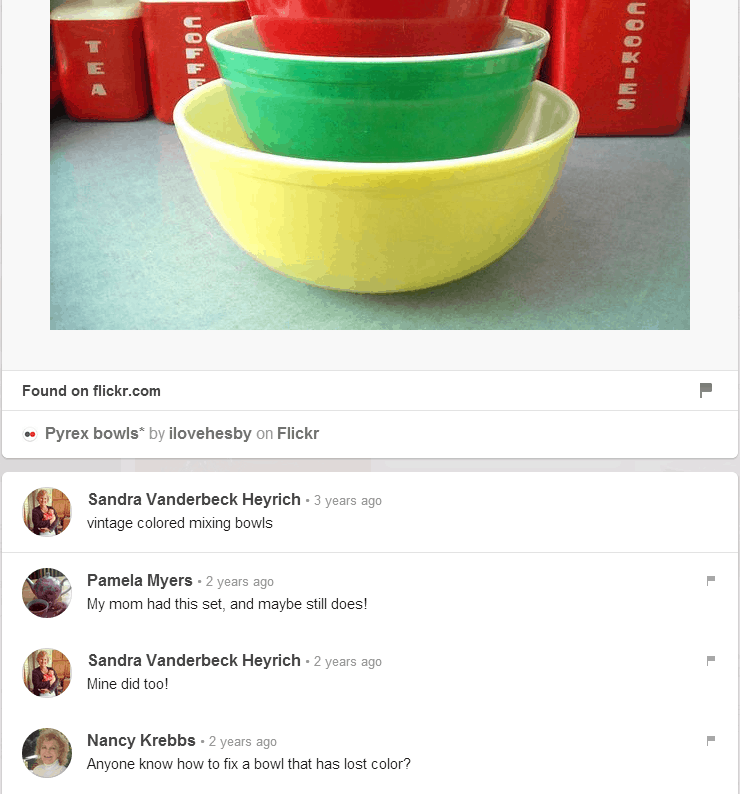
“Anyone know how to fix a bowl that has lost its color?” Right there is a pain point, a customer problem, that you might be able to fix.
If it looks like a lot of users are complaining about the color chipping or scraping off their bowls in the dishwasher, you can try to develop a solution. This is the kind of complaint you might only find on Pinterest, where users seek help from one another in an honest and true fashion.
Pinterest Can Be Beneficial to Everyone
Although some businesses may be tempted to dismiss Pinterest as a run-of-the-mill social site, or have spent the last few years just scraping by with the occasional pin or new board, there are many amazing opportunities for brands that take the time to realize its full potential.
For starters, you may choose to jump in and interact with users pinning your products. Others would find it worthwhile to use Pinterest’s powerful search to strengthen content curation strategy. Many businesses may benefit from real-time market research.
Ultimately, there is a lot to gain by trying any of the above methods. Which one sounds most appealing to you?
Have any ideas for another new way to use Pinterest? Have you tried any of these tactics in the past? I would love to read your thoughts in the comments!
About the author: Nicole Kohler (@nicoleckohler) is a writer, marketing geek, and lover of all things yellow. She is a Content Strategist for WebpageFX, and confesses to being just the tiniest bit addicted to Twitter.
Bloggers Wanted: Want to publish on the Shareaholic blog? Review our guest blogger guidelines.
We’re hiring! Join the team or refer a friend.
